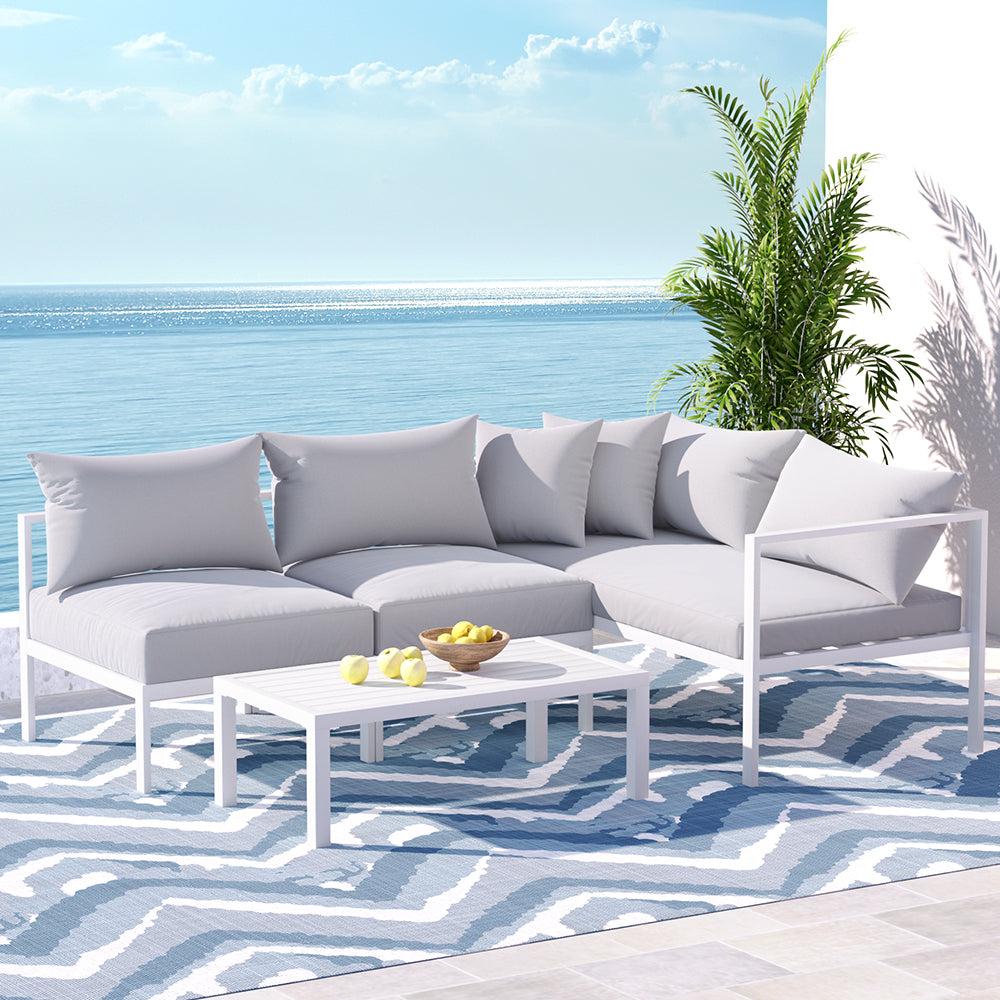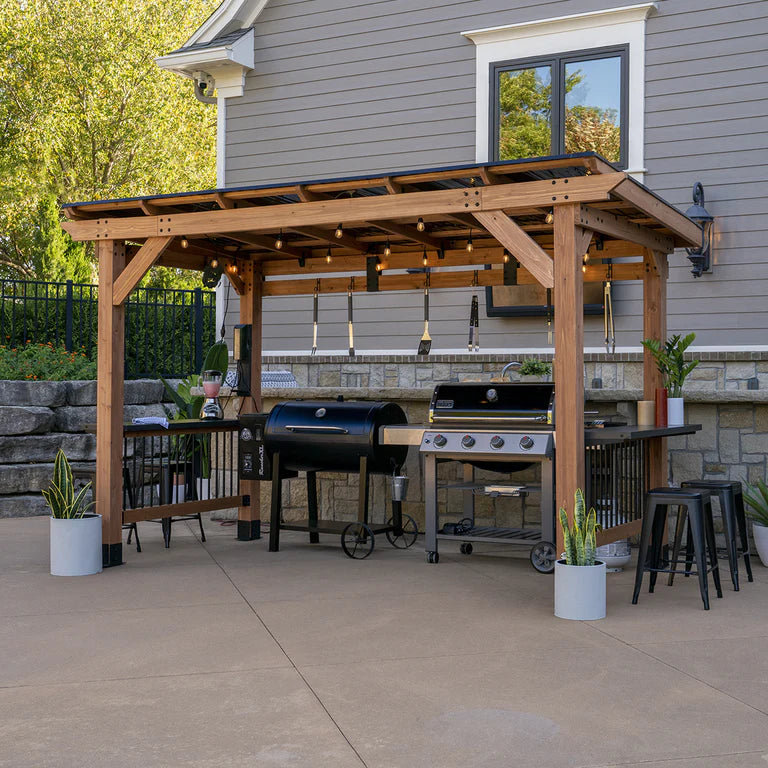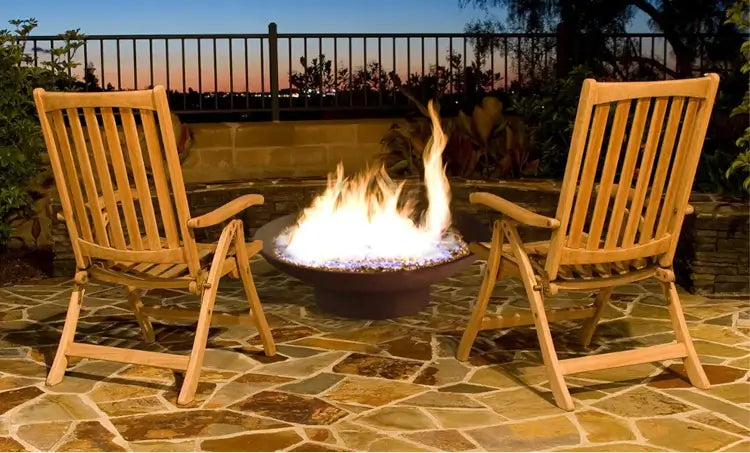Our Wood: Frequently Asked Questions

This guide provides information about the wood used to make the outdoor furniture and outdoor kids play equipment we offer, along with helpful tips on maintaining and caring for your wooden products, plus answers to frequently asked questions.
Click on the links below to jump to the relevant sections
- Types of Wood We Use
- Wood Splitting FAQs
- Choosing Sustainable Wood
- Taking Care of Your Wooden Furniture / Playsets
- How Often Should I Reapply Stain or Sealer?
- Can I Paint My Wooden Playset or Furniture?
- Does the warranty cover termite damage?
What Types of Wood Do We Use?

We sell hundreds of different wooden products from cubby houses to sun loungers from a range of different brands. The type of wood used by each brand and each product can vary but below is a guide to the most common types of wood used to create the products we sell.
If you are unsure about the wood used to craft a particular product please check the product description or contact our team and we will happy to provide further information
Norwegian Spruce and Scots Pine
The ever popular Lookout Tower from Plum Play and a number of our sandpits use square cut Norwegian Spruce and/or Scots Pine. These trees provide high-quality low maintenance timber which if treated with a water-based stain will last for many years.
Cedar
Cedar is great for outdoor furniture and play equipment because it doesn’t warp or crack easily, plus it has that lovely reddish hue. As a bonus, it stays cooler in summer and warmer in winter! It’s a favourite for larger swing sets and playsets & cubby houses.
American Southern Pine
This is one of the densest and strongest woods out there, which makes it perfect for heavy-duty play equipment such as climbing frames and monkey bars. It’s sustainably grown and treated to withstand harsh weather conditions.
Fir
This is a lightweight but sturdy wood that naturally resists bugs and rot. It’s super flexible, so you’ll see it in everything from outdoor mud kitchens to cubby houses. Fir is a go-to for outdoor play gear because it holds up well outdoors.
New Zealand Pine
Strong and tough, New Zealand Pine is treated to protect it from the harsh outdoor elements (think rot, insects, and moisture). It’s perfect for large, structural items like swing sets and monkey bars, as well as Gazebos.
Is It Normal for Wood to Split & When Should I Get it Checked Out?
It is normal for some splitting to occur. Wood is a natural material, so when it’s exposed to changing weather (whether it’s from hot to cold or wet to dry), it can crack or split a little. This is called checking. It might look concerning, but it usually doesn’t affect the strength or safety of your furniture or playset. Just keep an eye on it, and if it seems to be getting worse or there are substantial cracks please get in touch so we can take a closer look.

Minor cracks are normal, but here’s when you should start paying attention:
- If cracks start to look deep or large, especially if they seem to affect the overall stability of your piece.
- If you see signs of mold, rot, or pests. Treated wood is pretty resistant to these,but it's always a good idea to check it as well.
Usually round pole timber will show more cracks than dimensional timber due to dimensional timber containing less of the softer 'heart' wood. Round pole timber is usually thicker so cracks don't affect the structural stability of the wood.
If you are unsure if the splitting you are seeing is normal or not please send us a photo or video and one of our technical specialists will review this and provide further advice.
How Do I Choose Sustainable Wood?

Look for wood with certifications like FSC® (Forest Stewardship Council). These woods come from responsibly managed forests, meaning you’re supporting the environment while also ensuring you’re getting high-quality materials. Many fast-growing woods, such as Southern Pine, are not only strong but also eco-friendly.
How is Wood Treated?
Depending on the product itself the timber will either be untreated, stained only, treated using a high temperature chemical free treatment, or treated using a Alkaline Copper Quaternary treatment.
Below is a summary of the most common treatment methods but please read the product description of contact our team to check which specific treatment the timber product you are purchasing has undergone.
The goal of treatment is to extend the life of your outdoor furniture, swing sets and cubby houses.
High Pressure Treatment / ACQ Treatment
This method is used with a number of kids wooden playsets, including a number of products from Plum Play. Essentially it involves placing wood in a special chamber and sucking all of the air from this chamber. Then the wood is injected with a preservate which when the pressure in the chamber is increased pulls the preservative deep in side the wood. After the wood has dried it is ready to be used.
Often the preservative used is called Alkaline Copper Quaternary (ACQ). This is a water based wood preservative method, which has been used by many years, and helps to protect wooden products against rot, decay and insect attack.
High Heat TreatmentThis is sometimes known as thermally treated wood and is a chemical free treatment which extend the life of wooden products and helps to protect against rot and decay. When using this chemical free process we recommend using a stain or paint to provide extra protection (many of our sandpits and other products come pre-stained / pre-painted)
How Often Should I Re-apply Stain or Sealer?
Great question! Generally, it’s a good idea to reapply a protective sealant or stain once a year. This helps to maintain water resistance and protect the wood from UV rays and other environmental factors. However, if your furniture or playset is exposed to harsher conditions (like intense sun or heavy rainfall), you might want to check it more often and apply a new coat sooner if needed.
Can I Paint My Wooden Playset or Furniture?
Absolutely! Painting your wood not only lets you personalise it with colour but also adds another layer of protection from the elements. Just make sure to use a paint that’s meant for outdoor use, such as acrylic latex or enamel paints. Don’t forget to apply a primer first as well.
Keep in mind, though, that some woods (like cedar) already have natural weather-resistant properties and may not need paint for protection.
Does the warranty cover termite damage?
Usually product warranties exclude termite damage but cover damage from other insects. We recommend conducting regular visual checks of your equipment and asking your pest inspector to check your furniture when they do their annual inspection.









